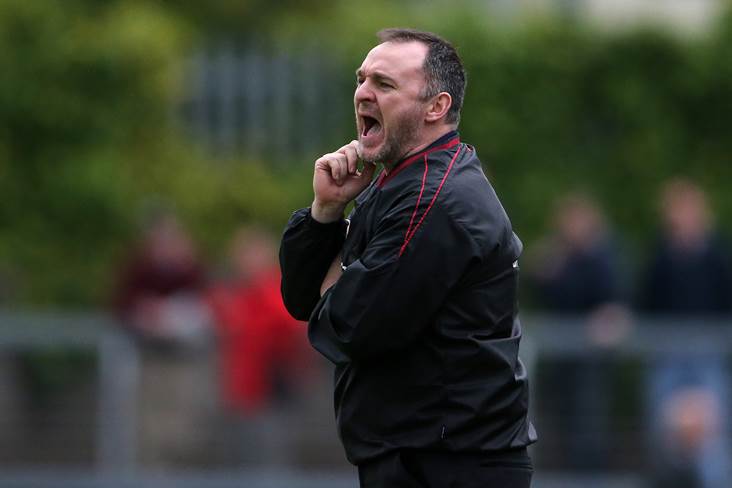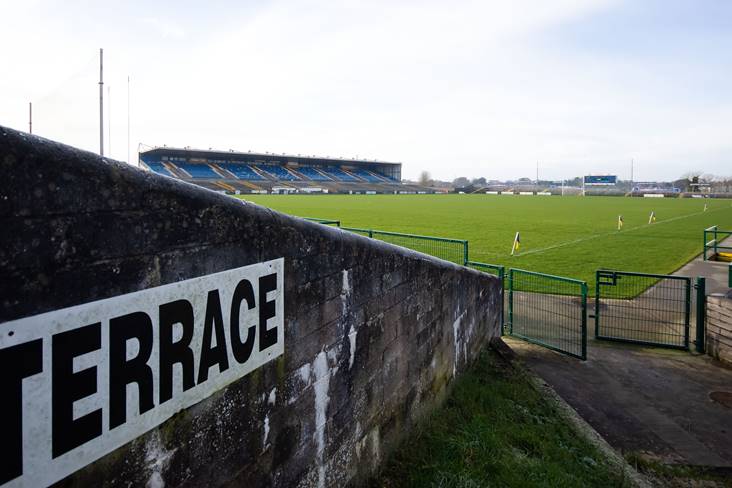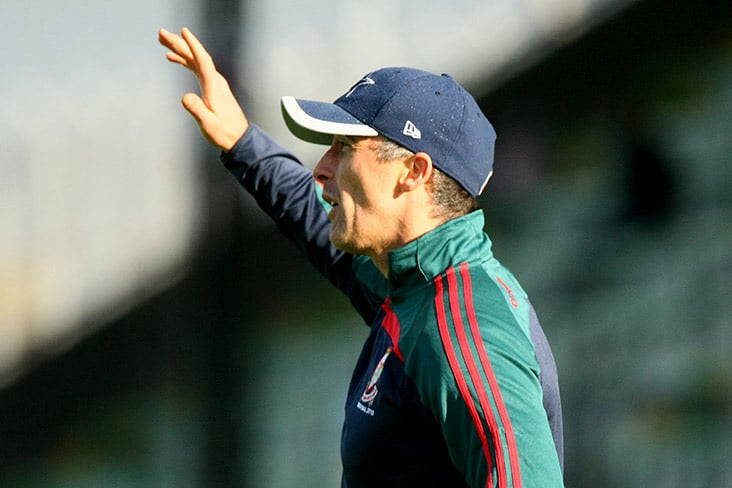First ever National Adolescent Injury Prevention Programme launched by the GAA & IT Carlow
September 03, 2015
Pat Daly
The "unsurmountable increase" in the number of lower extremity injuries in 13-18 year old hurlers and Gaelic football players is to be addressed with the announcement today of the country's first-ever National Adolescent Injury Prevention Programme in what will be a unique collaboration between the GAA and Institute of Technology Carlow (IT Carlow).
Training overload, skeletal immaturity and adolescent growth spurts, combined with training errors, poor techniques and mismatched age groups (size, maturity and experience), has resulted in adolescent GAA players being particularly vulnerable to injury, according to Dr. Clare Lodge, a Chartered Physiotherapist and Lecturer at IT Carlow. She will lead a research programme designed to monitor and prevent the growing epidemic of adolescent sports injuries and facilitate a healthy player pathway from underage to adulthood.
"Adolescents are vulnerable in terms of overload and growth related injuries in sport and Gaelic games are no exception to this with young players often playing for school, club and county, often in more than one age and, as a result, potentially exposing themselves to avoidable injuries", commented Dr. Clare Lodge, Chartered Physiotherapist and Lecturer at IT Carlow.
"Well documented injury risk factors particular to the adolescent population include previous injury history, skeletal immaturity and training overload in particular. Other potential risk factors may include structural alignment, lack of flexibility, strength deficiency and imbalance, adolescent growth spurts and late maturation for boys. This new research programme will set out to study this vulnerable cohort, surveying the modifiable risk factors as well as assessing the effectiveness of specific strategies at potentially decreasing the incidence of injuries within this sporting group", Dr. Lodge concluded.
Countries such as the US and Canada are currently leading the way in preventive treatment in adolescent sports injuries with Canada developing a national strategy to address the growing issue of Anterior Cruciate Ligament (ACL) injuries in the adolescent population. However, no such research programme has been undertaken in Ireland do date - until now. The initiative will represent the first research of its nature in Ireland that seeks to clinically assess and evaluate the effect of a structured regimen on injury incidence in adolescent players.
The programme will be run out of IT Carlow's healthCORE campus research centre, with the full cooperation of the GAA, over x months. Participating schools will take part in structured warm-ups, incorporating the five key areas linked to injury prevention, as well as self-wellness monitoring and self-reported injury incidence through a smartabase application.
Coaches and trainers involved with secondary schools in Leinster and Munster (traditionally participating in the senior schools tournaments) are also to be included in the study. They will be educated and mentored throughout the season with a designated sports scientist and required to implement a learned programme at the start of every training session or pre-match participation, during the trial period. Neuromuscular components of each player will be evaluated at the start, middle and end of the research period to explore and analyse any acquired physical effects that may have occurred.
Pat Daly, Head of Games Development & Research for the GAA commented, "The findings of this research programme will have a strong bearing on informing and guiding optimal GAA practice guidelines when evaluating and implementing injury prevention strategies to young GAA teams, with the focus being on the well-being and optimal health of the player. It will offer great support to coaches, trainers and managers to optimise clinical care and support for their players. The rising costs of treatment and patient services, as well as high rates of insurance claims for lower limb injuries, also means that the most efficient, economic and optimal measures must be used to minimise injury and reduce costs".
Tweet






